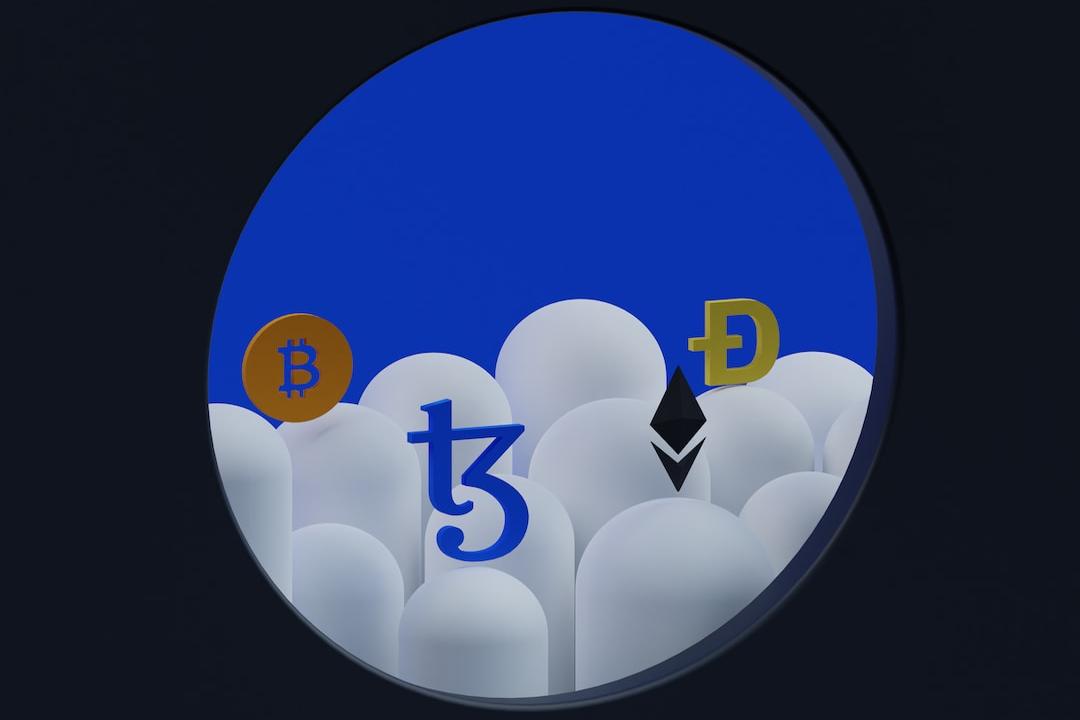Author: Fiona Source: X, @nft_hu
Last night, I suddenly saw the news that Sentient announced a seed round financing of 85 million, and three leading LPs are also top VCs. In this awkward market, to get such an investment, I couldn’t help but dig into the background of this project.
Here are the DD results:

First surprise, Founders Fund leads the investment.
Speaking of this VC, its founder Peter Thiel is definitely a well-known figure. Peter is one of the co-founders of PayPal and has served as its CEO. Thiel is also an early investor in Facebook and has served on its board for many years. He has founded several investment companies, including Founders Fund and Palantir Technologies. The author of the bestselling book “Zero to One” is also Peter.
As of early 2024, Founders Fund manages assets of over $11 billion.

AI again? Strong in the team!
So, what exactly is Sentient doing that can attract such big shots? Sentient’s platform will be built on Polygon, representing the extension of Ethereum in the AI field. Polygon’s co-founder Sandeep Nailwal is one of the core contributors to Sentient. A former co-founder in the industry, it is no wonder that people are more willing to trust.
The project aims to solve the problem brought about by the rapid development of AI, namely the concentration of underlying code in the hands of a few superpowers such as Google or Meta. The open-source code is publicly shared, allowing anyone to use it. Sentient will enter the testnet phase this quarter, using the funds from this seed round financing to develop its platform and attract talent in AI research and blockchain engineering to join its team.
Sentient team composition
Core members include: Polygon’s former co-founder Sandeep, Princeton University professor @viswanathpramod, specializing in web3 https://web3.princeton.edu, @hstyagi, and @0xSensys.
What is the significance of OPEN AGI?
First, let’s go back to what AGI is:
Artificial General Intelligence refers to intelligent systems that can understand, learn, and apply knowledge to perform various tasks. These intelligent systems have cognitive abilities similar to humans, and can reason and solve problems in multiple domains. AGI is one of the ultimate goals of artificial intelligence research. Although existing AI systems perform well in specific tasks, there is still a long way to go to achieve true AGI.
The existing AGI is unevenly distributed, with large countries and companies having much higher levels of AGI than others.
Building an open AGI is aimed at ensuring that AGI technology serves not only a few wealthy countries and companies, but can benefit more individuals and institutions globally, especially those in resource-constrained areas. This can help reduce the digital divide and promote balanced global technological progress.

